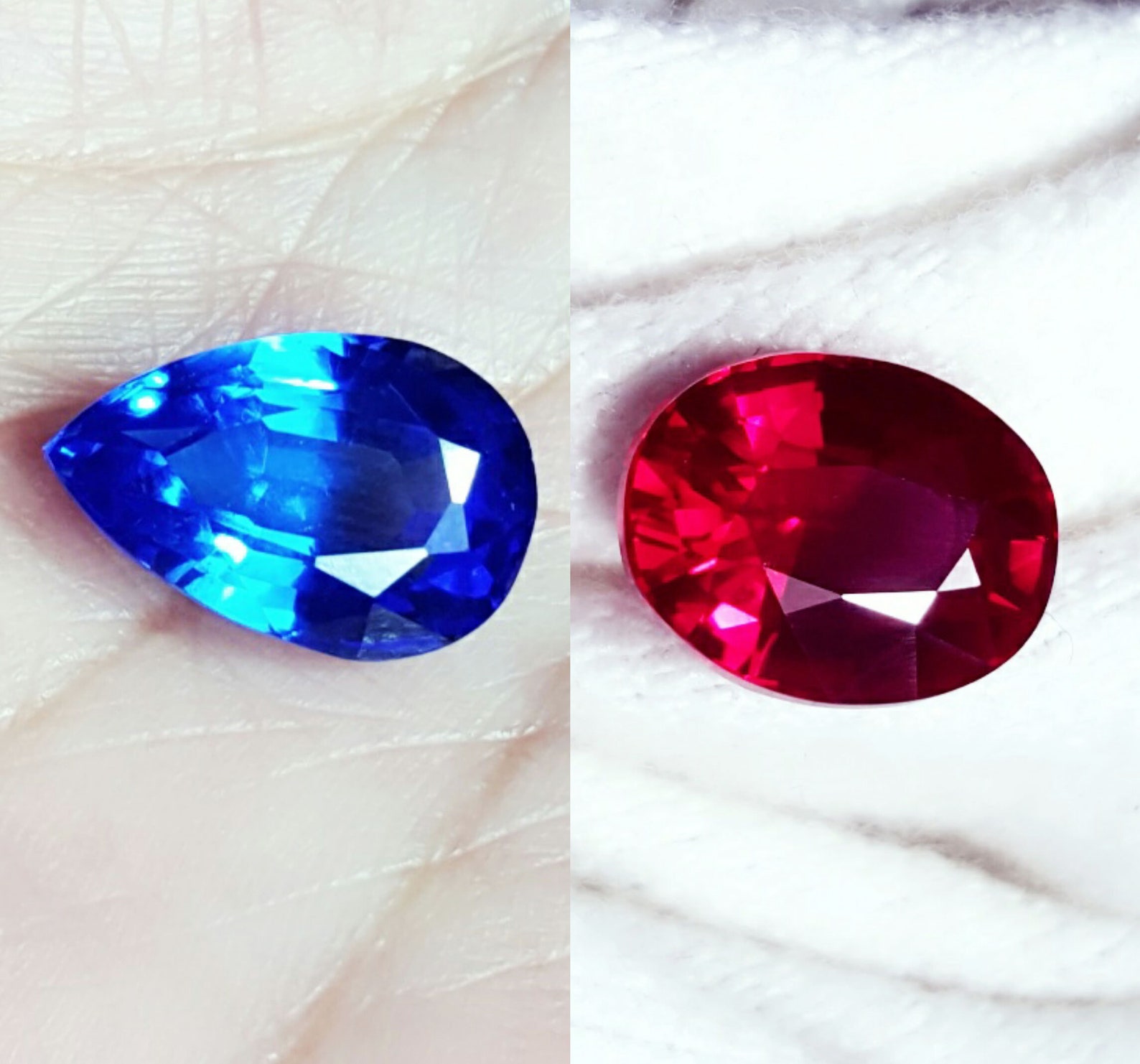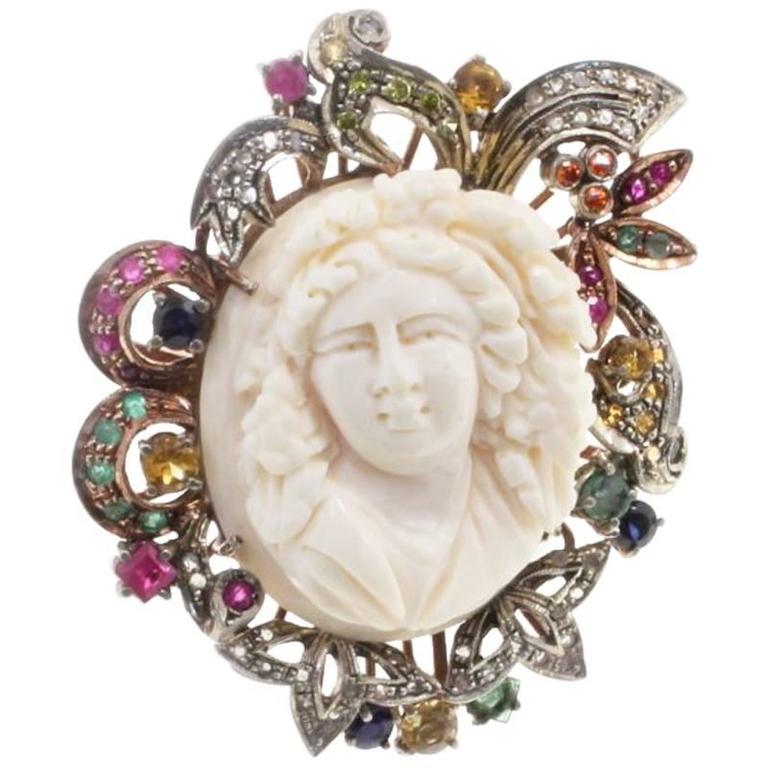



It was thought by many to dispel evil thoughts and to bring peace and amiability to its wearer as well as ward off illness and overcome poisons.Īround 1800, sapphire and ruby gemstones were both classified as varieties of the mineral corundum. Kings and queens wore it to attract wealth and for protection. Because they believed it symbolized heaven, clergy in the Middle Ages wore blue sapphires. Since medieval times, sapphire has been associated with the majesty and tranquility of the heavens. Sapphire is associated with Abraham in the Judeo-Christian tradition and was one of the twelve precious stones incorporated into the breastplate of the High Priest of Israel. The Greeks used sapphire to curry favor with the god Apollo and wore it while visiting the Oracle of Delphi. Before then, going back to antiquity, sapphire (from the Greek word for blue) was used to refer to lapis lazuli, another blue gemstone. Sapphire History It wasn't until the Middle Ages that the word "sapphire" was used to describe the sapphire we know today.


 0 kommentar(er)
0 kommentar(er)
